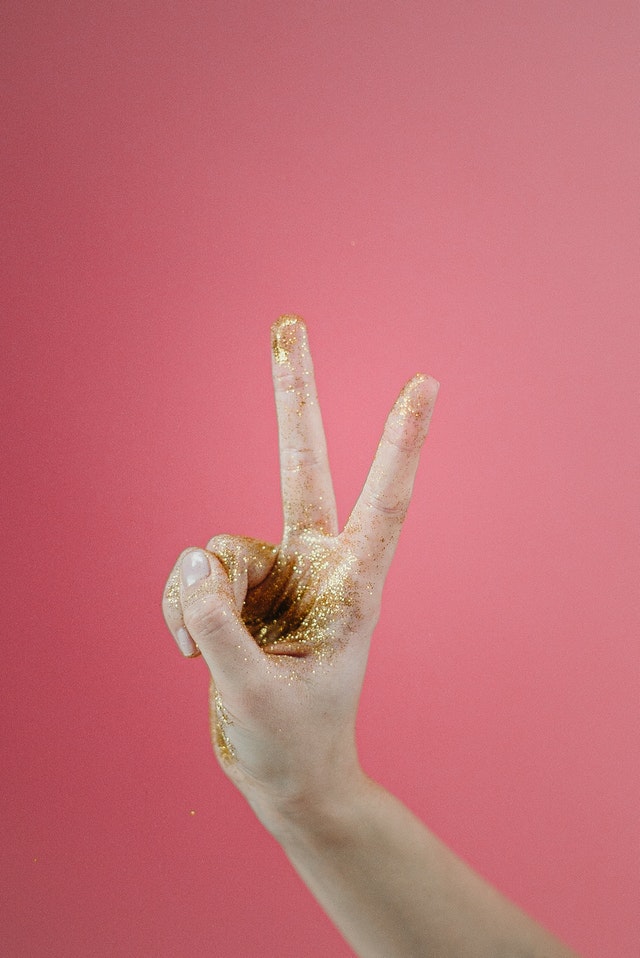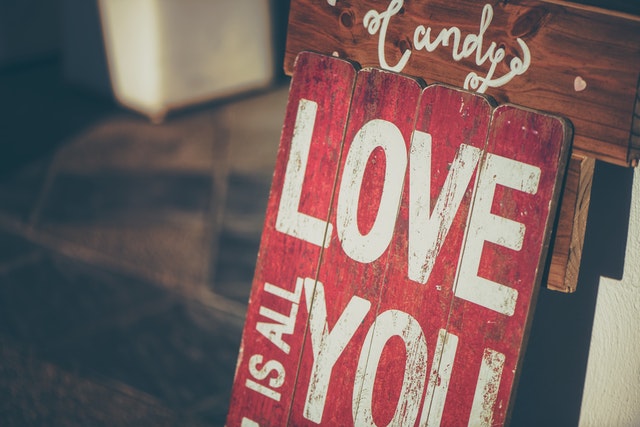Were the Beatles healers at heart? Did John Lennon know “Love is All You Need” even when it comes to Musculoskeletal injures? I doubt this was the intent or even a hindsight from their song however, it turns out in 2019 the British Journal of Sports Medicine massively upgraded the recommended care for Musculoskeletal injuries. The previous acronym of R.I.C.E. focused on the very acute stage of injury. This is now upgraded with P.E.A.C.E. & L.O.V.E. It’s the first to truly target musculoskeletal injuries from the acute, subacute care and injury management associated with long term healing. To help transition with healing we could all do with a dose of P.E.A.C.E. & L.O.V.E.
In the past Rest, Ice, Compression and Elevation (R.I.C.E.) has been the mandate of many sport sideline and home treatment regimens for soft tissue injuries. Honestly, for years I’ve been rabbiting on about the benefits of ice too. Unfortunately, even for me I thought the benefits of ice exceeded way beyond the acute stage of healing. However, 12-18 months ago when prepping and competing in my Extreme 3 Challenge, I really started to shift my practise and perspective. Unknowingly, my new thoughts happened to marry with the latest research. I was beginning to use P.E.A.C.E. & L.O.V.E.

The new acronym P.E.A.C.E. & L.O.V.E. provides the following guidelines:
P = Protect.
In a very similar approach in basic first aid all over the world. Before doing anything else, protect the injured area from further injury. Secondly, protect against additional injuries elsewhere through the body. This is especially important for the first 1-3 days post injury. Protection reduces the risk of reaggravation however, try to keep this to less than 3 days. Prolonged rest can significantly weaken injured areas.
E = Elevate.
“Kick your feet up!” Elevating the injured area preferably above the height of the heart reduces swelling. The swelling around an injured area has certain inflammatory based markers. So by reducing swelling, effectively you are reducing the long term inflammation in and or around the already injured area.
A = Avoid Anti-Inflammatory Modalities.
One of the biggest fallacies I came to realise after my years of using ice was that I was actively reducing blood flow to the injured area. Sure the bump or lump may have shrunk, but by reducing blood flow I was severely limiting the amount positive inflammation. Yes! Inflammation is positive. Especially in the short term inflammation is positive as it helps promote blood supply and transporting essential neutrophils & macrophages (specialised healing cells) to the injured area.
Additionally, if following P.E.A.C.E. & L.O.V.E. avoiding anti-inflammatory modalities also means to avoid anti-inflammatory medications. From Cortisone right through to ibuprofen and paracetamol. Although medications help us “feel good” by reducing the sensation of pain they limit ideal soft tissue regeneration while increasing scar tissue formation. Taking anti-inflammatories can essentially delay the healing process and promote further weakness in the injured area. Read more here.
C = Compress.
External taping has been around for decades to treat injuries. It’s been shown not just to reduce swelling, but to improve long term recovery and quality of life. The past 10 years or so has seen the boom for enhanced “kinesotaping” with the brightly coloured Rocktape storming the sporting world. By compressing the injured area you can effectively limit the fluid build up known as odema as well as reducing the internal bleeding or haemorrhage often associated with injury. Most work days you’ll catch me wearing compression socks to help alleviate this same build up in my legs. At home I use air relax digital compression leggings to reduce the soft tissue swelling of acute injury and to aid in helping the lymph system pump and circulate.
E = Educate.
Unfortunately, often it is only through our biggest setbacks do we actually learn. Some of the greatest lessons of our lives come not from our successes but from our failures. Injuries are no different. They provide us a chance to learn:
- How fragile, malleable, resistant and adaptable the body is.
- When and how we got injured.
- How to best heal and recover.
We’d love to think that we here @ Transitions Chiropractic have a wealth of knowledge when it comes to injury recovery and performance optimisation. After 14 years of Chiropractic study, 20 years of baseball and 11 years of endurance sport, I love to squeeze as much out of my body and to help you as much as possible. I don’t have time for sitting on the sidelines, neither do you….. Likewise, we’re fortunate to be surrounded by fitness professionals with an educational weaponry second to none. Embracing Natural Therapies, Focus Movement Therapy and Transcend Health to name a few.

Then add in the touch of L.O.V.E.
L = Load.
Many of us are familiar with the story of Milo of Criton. From ancient Greece comes the story of 6 time Olympian Milo who was given a bull as a child. Each day he lifted and heaved his bull around. As the bull grew, so did the weight that Milo was lifting and carrying. Progressively upping the load is essential not just in every day training but also with recovery from musculoskeletal injuries.
In this gravity centric world, each and every day external forces are having their way with us and pulling us down. If injured, then already we are not absorbing these forces evenly or in a balanced nature. If we fail to load, to do the strength and resistance work then the only unfortunate option is further weakness. The last thing we want from any injury is to have an injury turn into a disability. Failure to reload an area, and leave the weakened scar tissue in place is a sure fire way to do just that.
Loading can be a tough balance and if there’s any suggestion 1st up seek a professionals recommendation. 2nd apply the load that you know you can recover from, then apply it again. Small, progressive changes are the best way of creating load and promoting healing. The load may only increase by 4 -10% but it will increase. Be patient and through loading you’ll increase the tolerance and capacity of the injured area to rebound to its best.
O = Optimism.
Think yourself healed. This sounds funny yet we know that our brain is principally in control of each action & response within our bodies. It is also in control of our ability to heal and how we feel. If we feel good about the chances of recovery chances are not only will we recover however, the likelihood of doing the work that will promote recovery is much greater. The alternative, pessimism is associated with an increased chronicity of injury and increased likelihood of further injury too. Just think of how bulletproof you could be!!!
Similarly, our thoughts about our potential to get injured in the first place can very often ring true. Ever noticed that if you think you’ll roll an ankle there’s a great chance you will? Likewise if you try really hard to avoid a rock while riding or running it’s almost a sure fire way to hit it…. As Lao Tzu said,
“Watch your thoughts, they lead to words, watch your words they become your actions, watch your actions, they become your character, watch your character, it becomes your destiny.”
Choose it to be within your destiny to heal, to be better than you were yesterday and conversely, it might just happen!
V = Vascularisation.
Literally promoting blood supply back through the injured area. This is one of the key benefits of generalised cardio vascular exercise. Chances are, regardless of the injury there is some way that you can exercise in a pain-free way. By doing so you’ll improve the blood flow through the entire body- and the injured area. Even swimming could be beneficial for an ankle or knee injury – you’ll still promote blood supply & therefore improve healing. This is also one of the big benefits of heat. Dr Rhonda Patrick is a huge fan of sauna therapy for total body wellness and also injury recovery. The heat shock proteins released from sauna exposure massively promote increased circulation & blood flow pushing fast forward on injury recovery.
The importance of vascularisation cannot be overstated. As a chiropractor, our goal is to enhance the transmission and communication of your nervous system through your body. By definition, an optimally aligned body will also have optimal blood flow. It is for this same reason that anti inflammatory drugs and even icing have been said to delay the healing process.
E = Exercise.
When looking at the above acronym is it any surprise that exercise is the final answer? From the E in P.E.A.C.E. right through every letter of L.O.V.E. exercise could be a tool to help you recover, heal and get back to your best. Yes pain should be avoided, especially in the early stages however, exercise will help to restore mobility, strength and the neurological feedback or proprioception that is necessary for proper joint and body functioning.
One of the biggest problems with failing to exercise, or to try to reuse the injured area is that the injured tissue stays weak. Scar tissue isn’t nearly as strong or malleable compared to elastic, pliable muscles, ligaments and tendons. Scott Haldeman’s “evidence based management of low back pain” and John Gibbon’s “functional anatomy of the pelvis and Sacro iliac joint” both point out the problem with avoidance therapy. Although staying away from activities that may hurt sounds like a good idea, it also means that we never stress or load those tissues. Without the repetitions, even those in a safe, controlled environment there is just no way to strengthen a previously damaged area.
There you have it. If you are injured, have been injured or just want to bulletproof yourself as much as possible against future injures, perhaps it’s time to give P.E.A.C.E. a chance. At the end of the day all we need is L.O.V.E. and between the two the possibilities are limitless. From all of us here @ Transitions Chiropractic, it’s our vision to help you all Live Life Without Limits. With P.E.A.C.E. & L.O.V.E, I think we have a chance!!!

